Stroke patients face many physical challenges resulting from the stroke. One of the biggest physical challenges is shoulder joint stiffness and weakness. This makes it difficult for them to perform daily tasks such as reaching, lifting, turning, and controlling their heads. Most importantly, it can hamper their stroke recovery and make therapy more challenging.
Nonetheless, therapy is vital for the recovery and rehabilitation of stroke patients. It helps them regain range of motion and strength in the affected region and prevents secondary effects of a stroke or recurrence of stroke symptoms. This blog covers tips for shoulder exercises for stroke patients to help them recover from strokes faster.
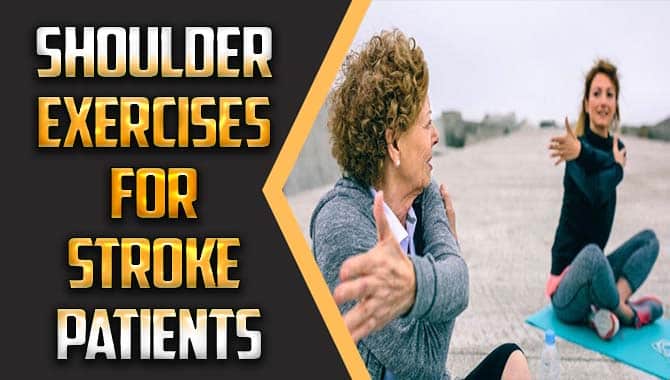
5 Simple Tips For Shoulder Exercises For Stroke Patients
After a stroke, your shoulder muscles can become weak and tense, limiting your range of motion and causing painful. To regain shoulder strength and flexibility, it’s important to include shoulder exercises in your rehabilitation program. However, it’s important to warm up properly before starting the exercises to avoid injury.
Start with simple shoulder circles or stretches to gradually increase the intensity of the exercise and help your muscles become used to movement again. Here are 5 simple tips for shoulder exercises for stroke patients:
1.Weight Bearing Shoulder Lean
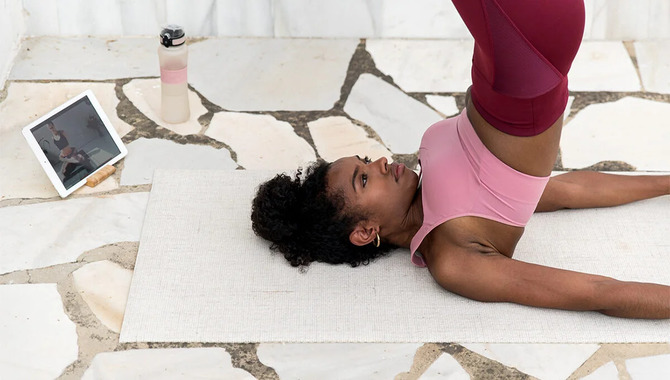
Shoulder Lean is a simple and effective exercise for stroke patients seeking rehabilitation. The exercise targets the shoulder joint and improves the range of motion. It can be performed at home with minimal equipment and tailored to each individual’s needs.
The weight-bearing nature of the exercise is particularly important for stroke patients, as it helps improve joint stability and function by challenging the supporting muscles of the shoulder.
Additionally, this exercise promotes balance and coordination among other exercises, helping to improve overall physical mobility. Weight-Bearing Shoulder Lean is a great way to improve physical function after a stroke. And it is an essential part of any patient’s rehabilitation program.
2.Shoulder Tabletop Punching Movement
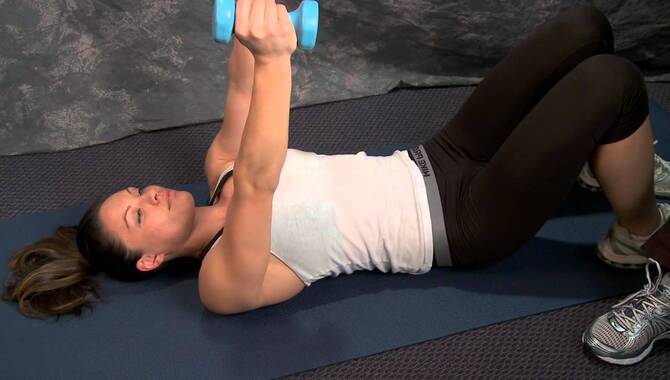
Shoulder exercises are vital for stroke recovery and can help improve function in the arm and shoulder. To help improve shoulder strength, it is important to start with simple exercises at home.
These include shoulder shrugs and pushing movements such as shoulder bridge and bench press. In addition, you should perform punching movements slowly and with a deliberate focus on your target area. For instance, you can punch a soft pillow or small ball instead of throwing punches directly at the wall.
As you progress, you may increase the number of punches and repetitions over time. Repeating these exercises regularly is also important to see the greatest benefits. By improving shoulder strength, you can help reduce the risk of future injury and continue to live a productive life after a stroke.
3.Shoulder Pushing Movement
Regarding shoulder exercises for stroke patients, pushing movements are essential. Pushing movements help to improve shoulder range of motion and flexibility. They also help to build strength and endurance in the shoulder muscles. It is a good way to challenge the shoulder musculature and promote recovery from a stroke. Shoulder pushing movements can be performed using a weight or your body weight.
You can perform these exercises using different push-ups, such as close-push-ups, wide-push-ups, and clap push-ups. These exercises simultaneously target the shoulder girdle’s upper, middle, and lower parts. Whether working on your physical fitness or recovering from a stroke, shoulder exercises are an important part of a healthy lifestyle.
4.Cane Slide Movement
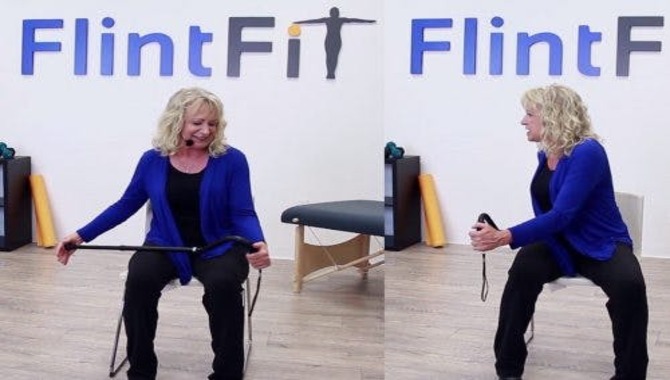
Cane slide movement is a simple shoulder exercise that can help stroke patients regain mobility and strength in the shoulder joint. This exercise can be performed with or without assistance from a core gamer and is often used as part of rehabilitation therapy.
Some stroke patients may benefit from performing this exercise independently, but it is important to remember that not all patients will need to perform it. Tailoring the difficulty level and type of assistance for each patient’s recovery is essential.
Cane slide movement is an effective way to increase the range of motion in the shoulder joint and improve overall function after a stroke. However, different patients will require varying levels of assistance during this exercise. Hence, it is important to tailor the difficulty level and type of assistance to suit their recovery needs.
5.Lateral And Circular Cane Stretches
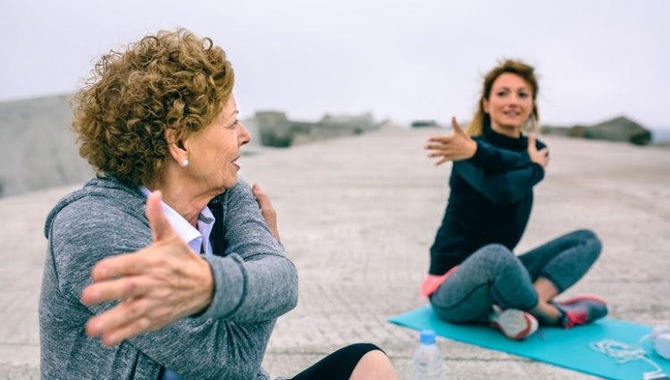
For stroke patients, it can be challenging to move their arms and shoulders due to the effects of the stroke. One simple way to improve mobility and function in these areas is by practicing lateral, and circular cane stretches.
These simple exercises target specific muscles and joints in the shoulder and upper arm, which can help ease pain and stiffness while improving the range of motion. Each stretch should be performed for 30 seconds, three times per day. Additionally, stroke patients should avoid lifting heavy objects or carrying heavy loads to avoid further injuring their weakened muscles.
Benefits Of Shoulder Exercises For Stroke Patients
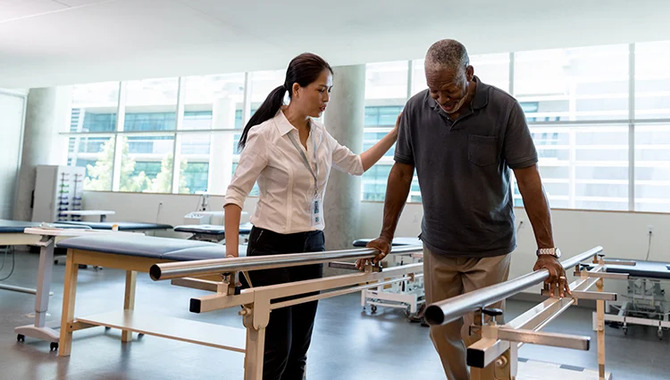
Shoulder exercises are a great way to improve mobility and flexibility in the shoulder area, which can help stroke patients recover more quickly from their injuries.
There are a few reasons why shoulder exercises are beneficial for stroke patients. First of all, they help to relieve tension in the affected muscles and joints. This is because shoulder exercises work the rotator cuff muscles (which are responsible for lifting your arm) as well as the scapulothoracic (shoulder) muscles. These muscles help to keep your shoulder joint stable and healthy, which prevents it from becoming overloaded and strained.
Second, shoulder exercises also improve the range of motion in the shoulders. This is because they increase the flexibility of the joint capsule, which allows you to move your shoulders beyond their normal range of motion. This increased range of motion will help you regain dexterity and mobility in the affected arm, which is crucial for recovering from a stroke.
Overall, shoulder exercises are a great way to improve your overall condition and recovery from a stroke. If you’re suffering from any symptoms related to your injury, make sure to check out our comprehensive list of exercises for pain relief!
How To Perform Shoulder Exercises For Stroke Patients
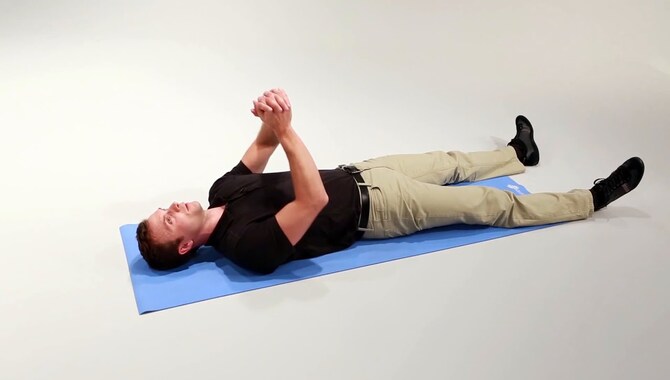
Shoulder exercises for stroke patients can help improve shoulder mobility and strength, decrease pain and stiffness, and increase overall functional ability. As with any exercise program, it is important to perform shoulder exercises three times per day and include physical therapy sessions in your recovery plan.
Maintaining good shoulder alignment during the exercises is critical. For example, when performing overhead shoulder exercises, be sure to keep your shoulders aligned over your hips and not tipped back or forward.
Additionally, avoid using weights that are too heavy for the individual’s strength and abilities. When performing shoulder exercises, it’s important to stay safe by following the guidelines outlined by your physical therapist.
Conclusion
If you are a stroke patient, it is important to exercise your shoulders as often as possible. Exercising your shoulders regularly can help to improve your mobility and overall strength, which can help your rehabilitation more quickly and effectively.
In addition, shoulder exercises can also help to decrease the severity and frequency of spasticity in your arms and legs. It is important to start shoulder mobility exercises as soon as possible after a stroke. However, you should also consult a therapist if you are experiencing shoulder stiffness or pain.
A therapist can help you find the right exercises that are safe for your individual needs and preferences to begin therapy. Remember, shoulder mobility exercises can be performed at home and are a great way to help improve range of motion and range of motion-based therapy (ROTBT).
Frequently Asked Questions:
1.What Helps Shoulder Pain After A Stroke?
Ans. Some exercises that may help reduce shoulder pain after a stroke include: – Raising the arm above the head – Rotating the arm in a circle – Swinging the arm at shoulder height – Pushing down on an object with the hand.
2.What Is The Best Exercise For A Stroke Patient?
Ans. Shoulder exercises are a great exercise for stroke patients as they help to improve the range of motion, strength, and stability of the shoulder. The shoulder exercises should be performed three times per week in a standing position with light weight. The exercises should be done slowly and with proper form to avoid injury.
3.How Do You Strengthen A Weak Arm After A Stroke?
Ans. After a stroke, your arm muscles may be weak and unable to support your weight. To combat this, try these exercises three times per week. The exercises should be performed with a weight that is comfortable for you. You can use weights, balls, or other props to make the exercises more challenging.
The goal of these exercises is to strengthen your arm muscles and aid in preventing them from becoming weaker after a stroke. If you experience pain or discomfort while performing these exercises, stop right away and consult a doctor.
4.How Do You Fix Shoulder Subluxation After A Stroke?
Ans. After a stroke, you may experience shoulder subluxation. This is when the shoulder joint ends up in a position that is not ideal for normal movement. To fix shoulder subluxation after a stroke, you will need to perform shoulder exercises. The exercises should be done 3 times per week and should be performed under the supervision of a healthcare professional.
5.What Are The Best Exercises For Arm Rehabilitation After A Stroke?
Ans. After a stroke, the most important thing you can do is rehabilitate your arms. Doing exercises using your whole body is essential for maximal progress, and regular exercise will help to improve strength, range of motion, and range of motion in the arm.

Leave a Reply